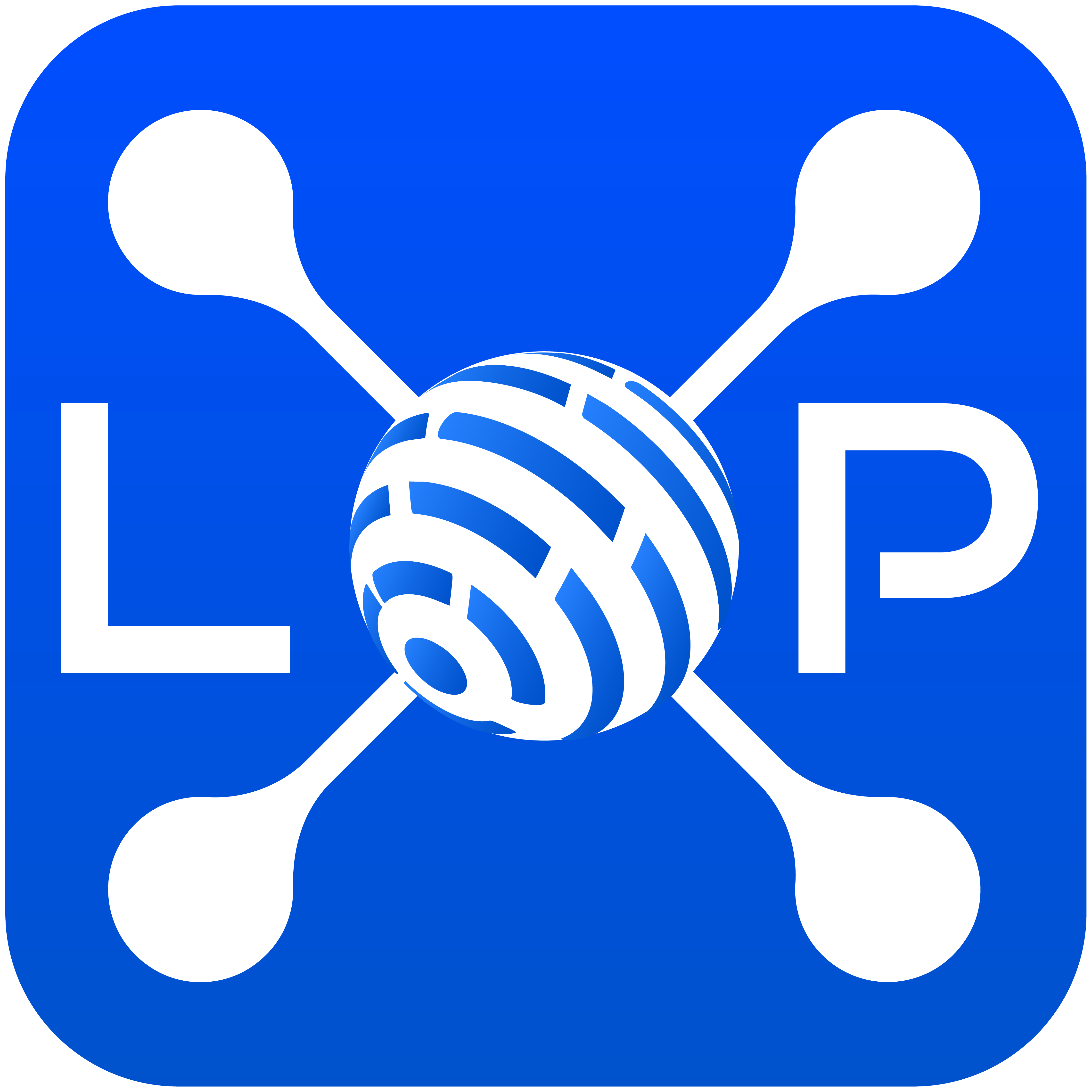

In the ever-evolving software development landscape, Requirement Traceability emerges as an indispensable practice, akin to a guiding compass that steers the entire project toward success. In this article, we will delve into the significance of Requirement Traceability in software development, examining its definition, benefits, and real-world examples of its profound impact.

Before immersing ourselves in the intricacies of Requirement Traceability, let's establish a solid understanding of what it entails. In software development, Requirement Traceability refers to the systematic ability to track and meticulously document the intricate relationships between many artifacts that span the development lifecycle. These artifacts encompass everything from initial user requirements and complex design documents to meticulously crafted test cases, intricate code modules, and meticulous bug reports. The primary aim is to create a clear, two-way linkage that profoundly facilitates understanding and informed decision-making at every juncture of development.
A ubiquitous tool employed in software development for representing these intricate linkages is the Requirement Traceability Matrix (RTM). This comprehensive map matrix allows stakeholders to trace the path forward from requirements to design, implementation, and rigorous testing phases. Simultaneously, it enables vital backward tracing, allowing stakeholders to navigate from defects or changes to their originating requirements. This intricate web of connections is a linchpin for project teams, ensuring clarity, consistency, and unambiguous accountability.

Robust Requirement Management and Validation: Requirement Traceability kicks off at the very genesis of a project—with the requirements themselves. By meticulously tracing requirements through each intricate phase of the project lifecycle, teams guarantee that the eventual product harmonizes seamlessly with the initial specifications. This validation process mitigates the risk of deviating from user needs or straying from essential business objectives.
Change Impact Analysis: The software development landscape is dynamic, teeming with changes and adaptations. Requirement Traceability empowers teams to scrutinize the profound impact of proposed changes. Armed with this insight, they can make informed decisions regarding the path forward and adapt the project plan to accommodate evolving circumstances.
Efficient Bug Tracking and Resolution: When a bug or defect emerges, whether in the testing phase or post-deployment, Requirement Traceability serves as a beacon of clarity. It offers invaluable context, helping teams pinpoint which Requirement or design component is at the issue's root. This streamlined approach accelerates the debugging process and minimizes system downtime.
Strengthened Collaboration: Requirement Traceability fosters collaboration among diverse teams comprising developers, testers, business analysts, and stakeholders. It dramatically enhances communication and alignment by offering a unified view of how their work dovetails into the overarching project objectives.
Proactive Risk Management: Requirement Traceability equips teams with the capacity to identify and mitigate risks proactively. By comprehending the potential repercussions of decisions and changes, teams can take preemptive action, thus substantially reducing project risks.

Let's explore two real-world scenarios where Requirement Traceability played an instrumental role in steering software development toward success.
Traceability is necessary in medical device software, where safety and compliance are paramount. Imagine a scenario where a software development team is engrossed in creating medical imaging software. By meticulously tracing requirements through the design, implementation, and validation phases, they can confidently demonstrate to regulatory authorities that their software aligns impeccably with mandated standards.
In the unfortunate event of a defect surfacing during the validation phase, Requirement Traceability springs into action. It enables the team to backtrack to the originating Requirement. This rapid pinpointing expedites debugging and ensures that the final product remains compliant and, more crucially, safe for use in critical healthcare settings.
Even in Agile development environments that prize flexibility and adaptability, Requirement Traceability remains a cornerstone. Picture a software project firmly rooted in Agile principles. New user stories and modifications continually enter the fray as the project unfolds. Requirement Traceability empowers the team to gauge the repercussions of these changes on existing requirements and design components.
For instance, if a new user story necessitates alterations to the user interface, Requirement Traceability comes to the rescue. It swiftly identifies the precise segments of code requiring modification. This averts unforeseen complications and ensures the changes harmonize seamlessly with the overarching project goals and user expectations.
In software development's dynamic, multifaceted domain, Requirement Traceability is not merely a best practice but an essential lifeline. The Requirement Traceability Matrix (RTM) offers the means to maintain transparency, accountability, and proactive risk management—essentials for ensuring project success. As projects burgeon in complexity and regulatory scrutiny heightens, embracing Requirement Traceability as a fundamental facet of Requirement Engineering becomes pivotal. It's a practice that guarantees that software aligns with user needs and does so with precision and unwavering reliability.
And when it comes to enhancing your Requirement Traceability practices, look no further than LXP - Links Explorer Traceability & Hierarchy. LXP is an excellent enhancement over traditional Jira issue links. It allows you to dynamically trace, analyze, and report the progress of linked JIRA issues, Epics, and Portfolio hierarchies. This application enables quick navigation of topics and links from a single window, thus greatly enhancing users' efficiency.
With Optimizory, you can take your Requirement Traceability to new heights, ensuring that your software development projects are successful, highly efficient, and well-documented.

A learning experience platform designed for modern teams.